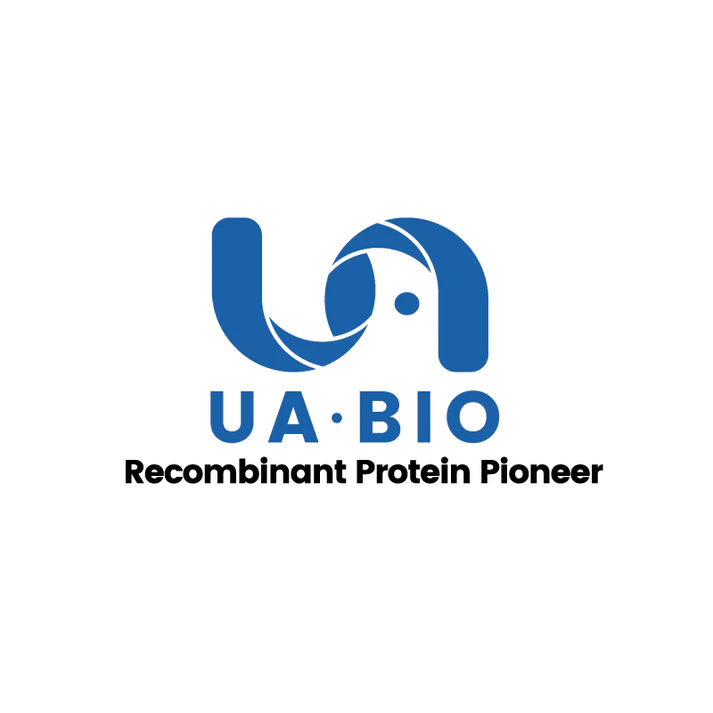1μg (R: reducing condition, N: non-reducing condition).
Product Details
Product Details
Product Specification
| Species | Human |
| Synonyms | TNFR1, CD120a, TNFRSF1A, FPF, TBP1, TNF-R, TNF-R-I, TNF-R55, TNFAR, TNFR55, TNFR60, p55, p60 |
| Accession | P19438-1 |
| Amino Acid Sequence | Leu30-Thr211, with C-terminal His and Avi tag |
| Expression System | HEK293 |
| Molecular Weight | 30-35kDa (Reducing) |
| Purity | >95% by SDS-PAGE |
| Endotoxin | <1EU/μg |
| Conjugation | Biotin |
| Tag | Avi Tag, His Tag |
| Physical Appearance | Lyophilized Powder |
| Storage Buffer | PBS, pH7.4. |
| Reconstitution | Reconstitute at 0.1-1 mg/ml according to the size in ultrapure water after rapid centrifugation. |
| Stability & Storage | · 12 months from date of receipt, lyophilized powder stored at -20 to -80℃. · 3 months, -20 to -80℃ under sterile conditions after reconstitution. · 1 week, 2 to 8℃ under sterile conditions after reconstitution. · Please avoid repeated freeze-thaw cycles. |
| Reference | 1. Madhu Sudhana Saddala & Hu Huang: Identification of novel inhibitors for TNFα, TNFR1 and TNFα-TNFR1 complex using pharmacophore-based approaches. Journal of Translational Medicine volume 17, Article number: 215 (2019) |
Background
TNFR-1 is a member of the TNF receptor superfamily of proteins which is found in membrane-bound and soluble forms that interact with membrane-bound and soluble forms, respectively, of its ligand, tumor necrosis factor alpha. Binding of membrane-bound tumor necrosis factor alpha to the membrane-bound receptor induces receptor trimerization and activation, which plays a role in cell survival, apoptosis, and inflammation. Proteolytic processing of the encoded receptor results in release of the soluble form of the receptor, which can interact with free tumor necrosis factor alpha to inhibit inflammation. Mice lacking a functional copy of this gene exhibit impaired immune function.
Picture
Picture
SDS-PAGE


